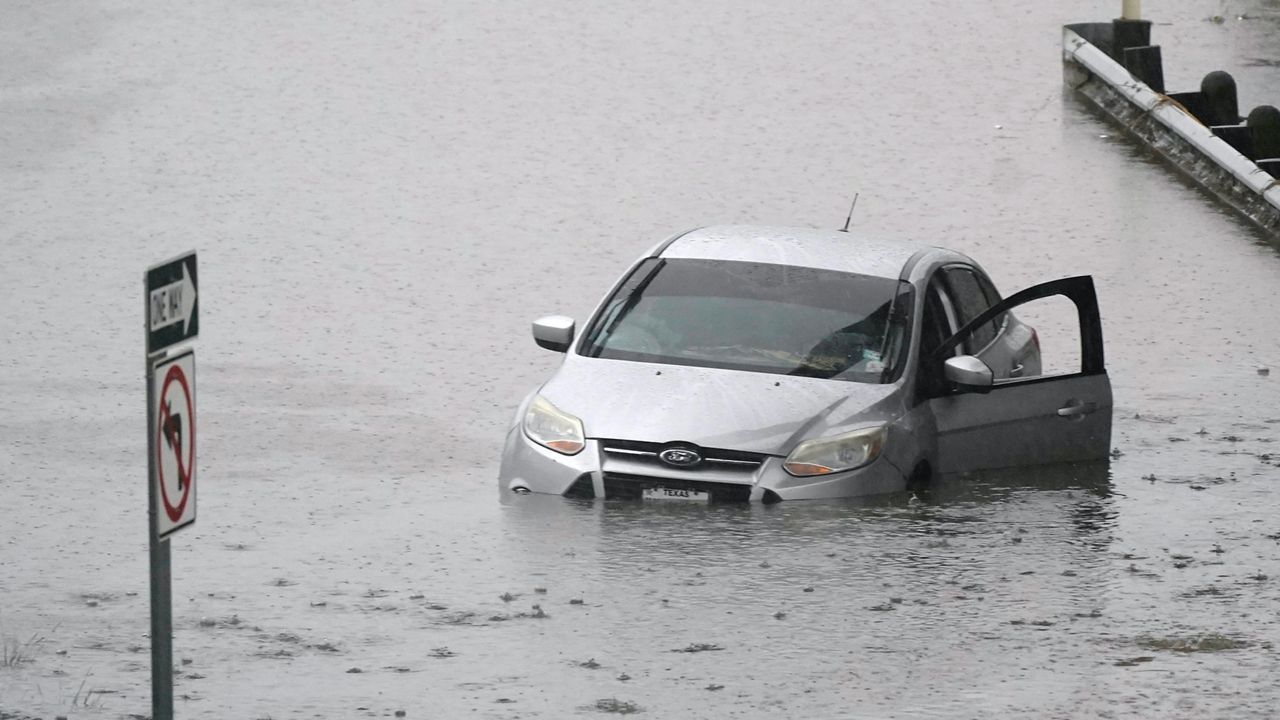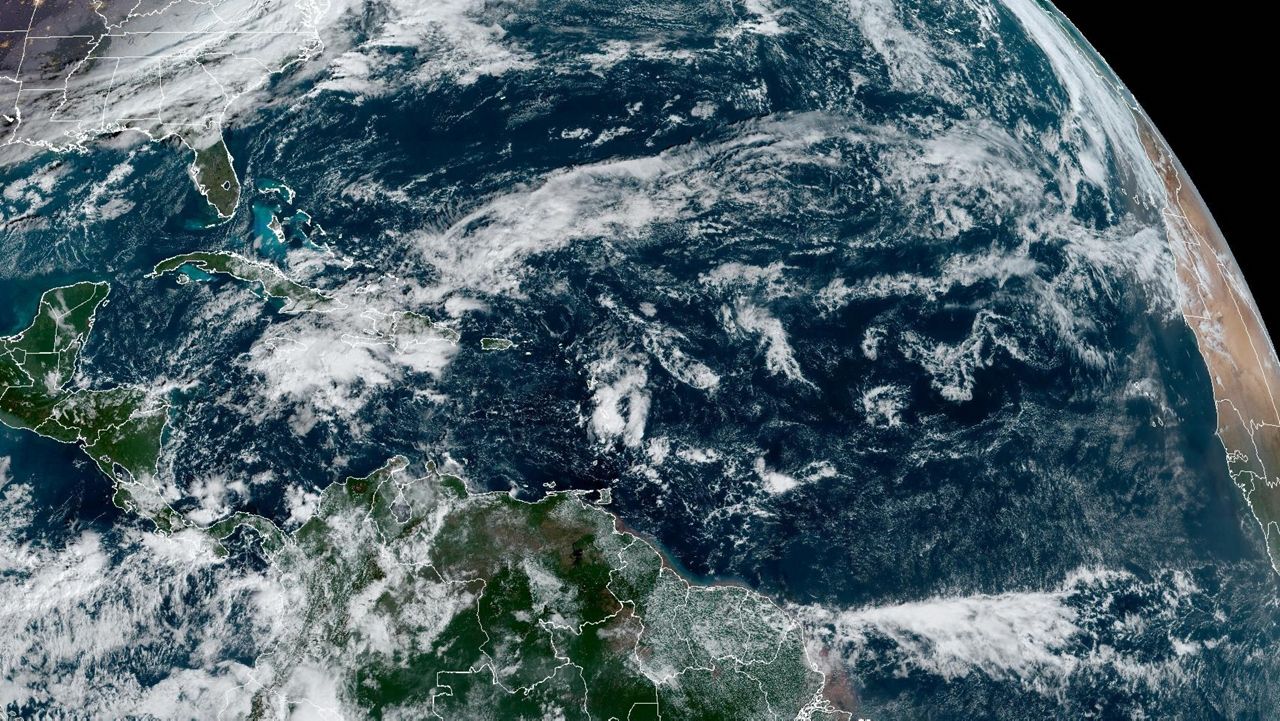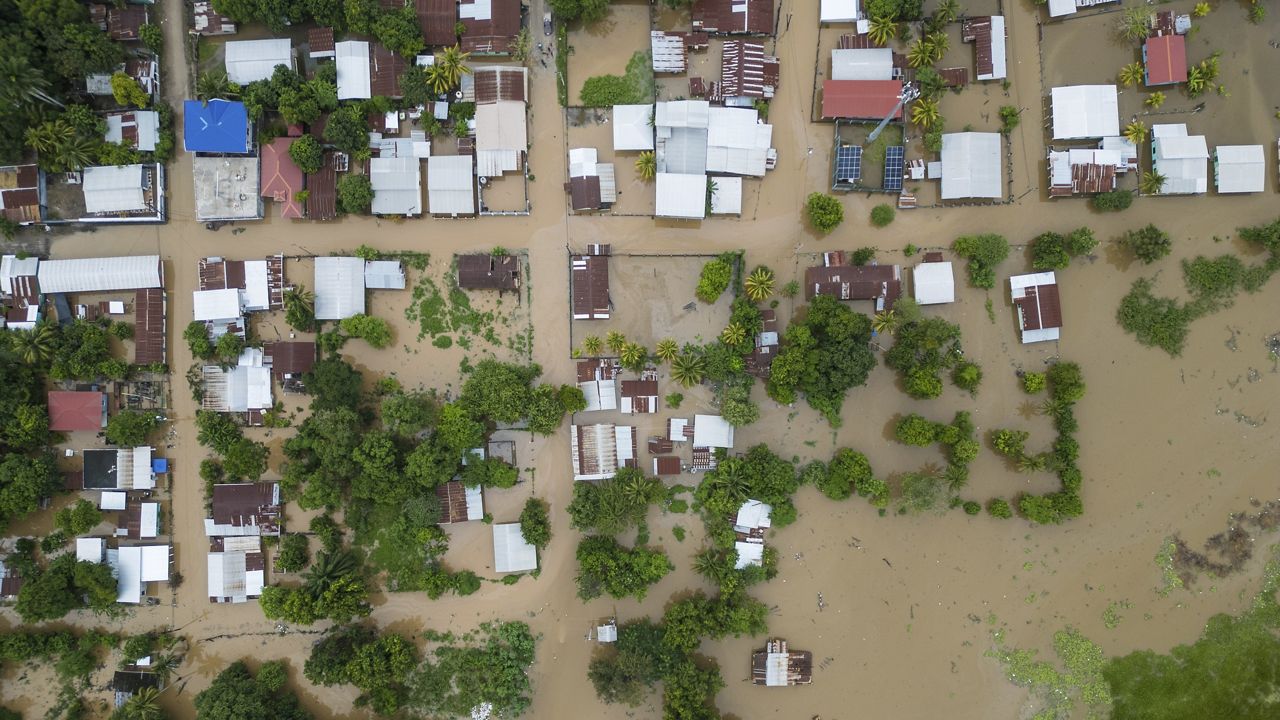The remnants of Lee just offshore of New England continue to produce a swell impacting the North Carolina coast. As we closed out this past workweek, the swell from Lee brought the threat of waves as high as 16 feet, rip currents and flooding.
The rip current danger remains high at most North Carolina beaches as swells from the remnants of Lee reach the coast.
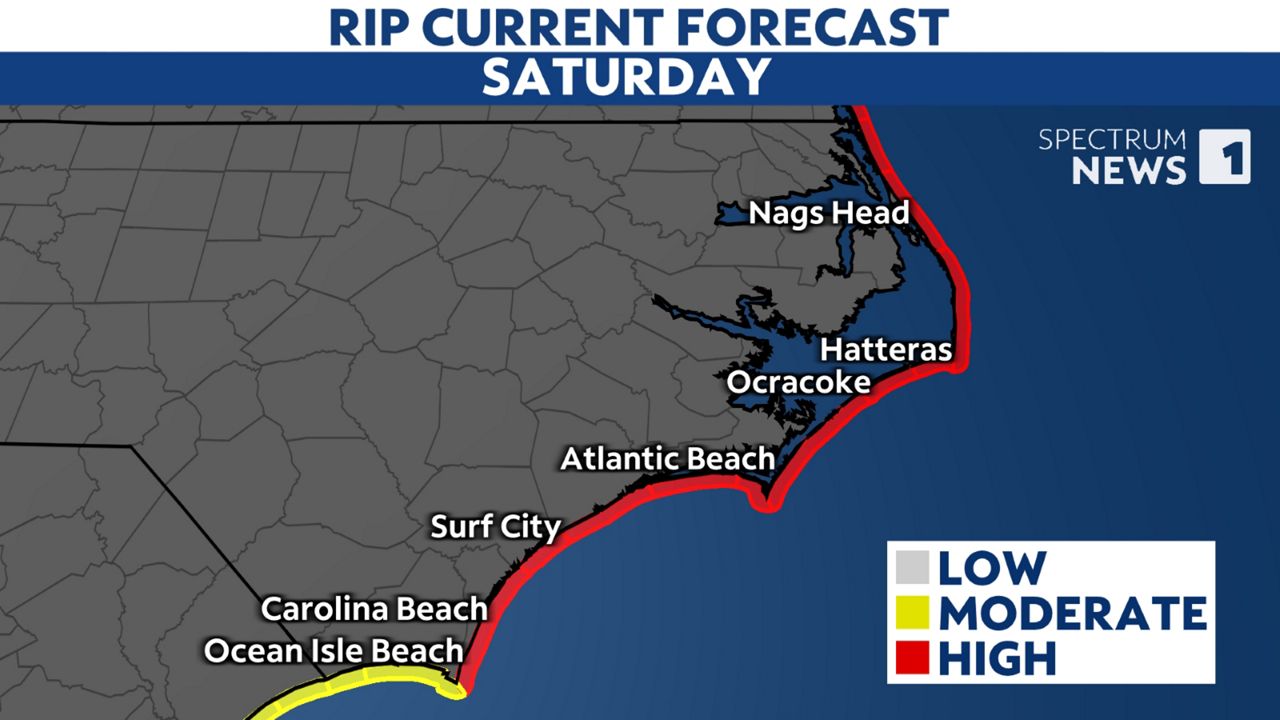
If you’re not familiar, rip currents are narrow, fast-flowing channels of water that can pull swimmers away from the shore and into deeper waters. The speed of a rip current can move faster than an Olympic swimmer, causing anyone trying to fight the current to get exhausted and be unable to swim.
Just last week, four people drowned at North Carolina beaches in rough surf conditions.
According to statistics from the NWS, North Carolina has recorded more deaths in the last decade from rip currents and other beach hazards than floods, lightning and tornadoes combined.
From 2013 to 2022, there were 69 fatalities at beaches in the state, resulting from rip current drownings or some other beach hazard, like shore break or longshore currents.
It would be best to stay out of the water all together into the weekend at any of North Carolina’s beaches.
The best way to survive a rip current is to either let it carry you out to sea and swim at an angle to the shore, or to swim parallel to the shore while in the rip current to get back to the sand.
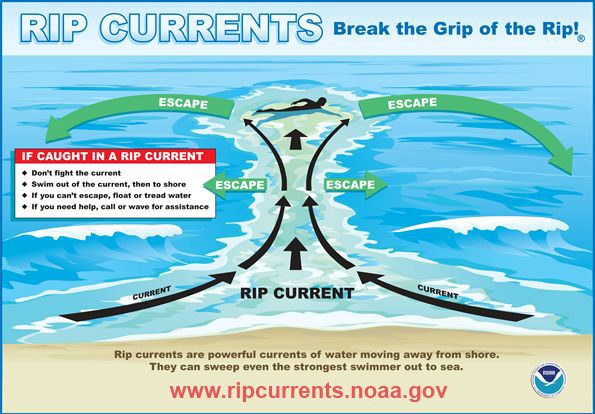
Remember to never swim alone and do not float in water that you cannot swim in.
High surf advisories continue along parts of our coastline, mainly the Outer Banks.
Some areas may still experience minor coastal flooding and erosion due to high waves especially during high tide.
Wave heights are forecast to reach as high as 11 feet along parts of the Outer Banks today.
Our team of meteorologists dives deep into the science of weather and breaks down timely weather data and information. To view more weather and climate stories, check out our weather blogs section.






